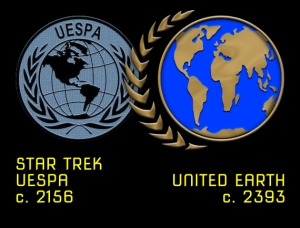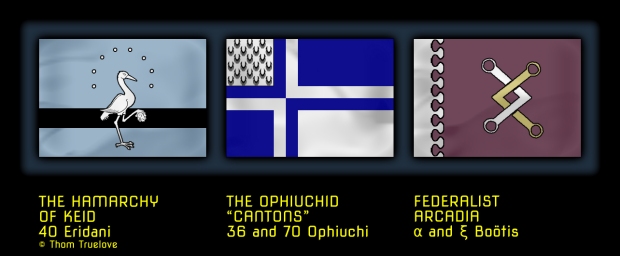In 1996, long before Dennis Miller became a spokesman for conservative points of view, he released a book and associated CD – both titled “The Rants”. One track in particular discussed the tendency of people to demonize and seek to marginalize to the point of exclusion any opposed group. While this behavior is not the exclusive domain of any political persuasion, Miller did – 20 years ago – target the criticism on the Right.
The rant in question traced the tendency to its (il)logical result: a kind of societal attrition. If one faction did manage to fully suppress a perceived rival, and unsurprisingly real or imagined woes do not abate, a new source of such troubles would be designated for the same tactic. Shockingly civilization would find itself confronted with the same problem. Lather, rinse, repeat. Cleanse.
Miller concluded that eventually there’d be one person left and that hateful soul would attack his own reflection. Although his ideology flipped five years later, his observation remains true. Blaming “everything that’s wrong” on ethnic, religious, or other groups never can alleviate our shared difficulties. Scapegoats and straw men could be said to have a common ancestry in this regard. (This change happened roughly the same time Miller was picked as a new commentator on Monday Night Football (ABC) but was not the cause of it.)
The world-building for Astral has prompted some speculation about political structures, economic structures, and human nature. The last of these, it is probably fair to say, will likely never change; very little in all of recorded history unfortunately does not seem to support another prediction. In the story, there is a presidential campaign in progress. (I’d decided on this plot element many months before the Brexit decision or the recent election in the United States.) The partisan rivalry is no longer between conservative and progressive views. Capitalism has been replaced though not if favor of socialism.
But there is not a homogeneous philosophy. With apologies to Gene Roddenberry, an idyllic human government seems a bit further off than 350 years. (Human nature notwithstanding, I count myself among the group who share Mr. Roddenberry’s hope.) The population on a planet in orbit around α Fornacis has a wing that some would prefer had not been included among the colonists. I’ve been calling them Kels.
In their staunch desire to be recognized as part of the Fornacid culture the Kels have adopted an emblem that reflects but is not derived from Dennis Miller’s rant in question.

If two circles with equal diameter overlap based on adjacent, inscribed hexagons — follow me on this one — the resulting lens could be used represent a minority, which the Kels are. A circle with the same area as this lens would be about 5.77% of the original whole. After just 25 such schisms the “majority” would be less than 50% of its original size.
About two months ago, I presented here the flags of three other factions in Astral. The Kel flag – if and when they fly one in protest – might make use of this geometric symbolism.

Fractures in community do not follow a mathematical progression and, using this formula, such situations would never reach a hermit’s confrontation with a reflection. It does, however, help make the point that we are – now and in any future, under any flag – in this together.
— If we make that choice.
⚖




